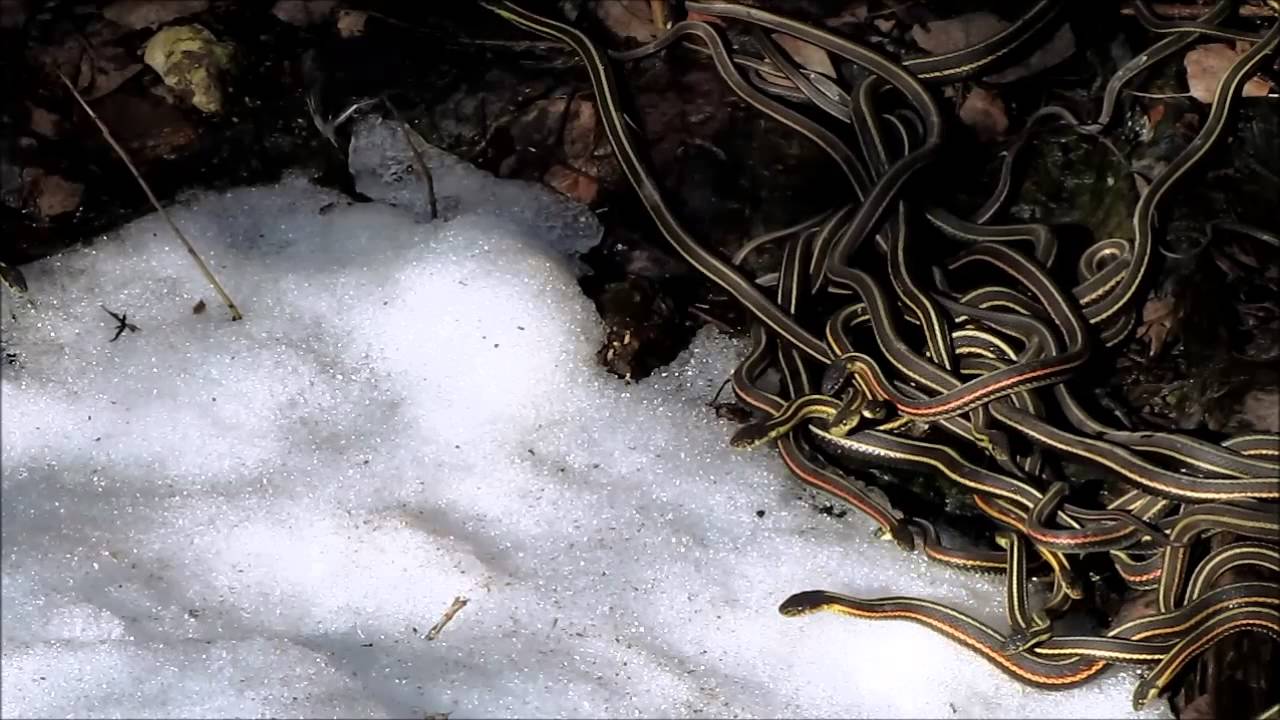In the complex world of reptilian behavior, venomous snakes display various defense mechanisms that have evolved over millions of years. Among these behaviors, freezing—becoming completely motionless—is particularly fascinating and often misunderstood. This immobility response serves multiple purposes in a snake’s survival toolkit and can communicate different messages depending on the context. Understanding what it means when a venomous snake freezes not only satisfies our curiosity about these remarkable creatures but also provides crucial knowledge for safely navigating encounters with them in the wild or in captivity. Let’s explore the multifaceted meanings behind this seemingly simple behavior and what it reveals about snake psychology, biology, and evolutionary adaptations.
The Basic Freeze Response Mechanism
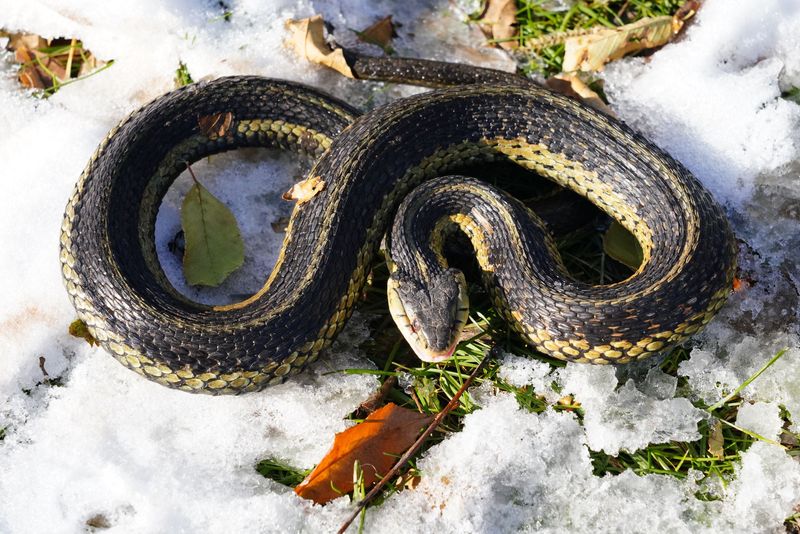
When a venomous snake freezes, it’s engaging in a fundamental defensive behavior known as tonic immobility or the freeze response. This reaction is part of the primitive “fight, flight, or freeze” response system that many animals, including humans, possess. For snakes, freezing serves as an initial assessment strategy, allowing them to gather information about a potential threat without immediately expending energy on escape or confrontation. During this state, the snake’s muscles tense, its breathing becomes shallow and less noticeable, and its focus intensifies on the perceived threat. This response is controlled by the snake’s autonomic nervous system and triggers almost instantaneously when the animal perceives danger.
Camouflage and Predator Avoidance
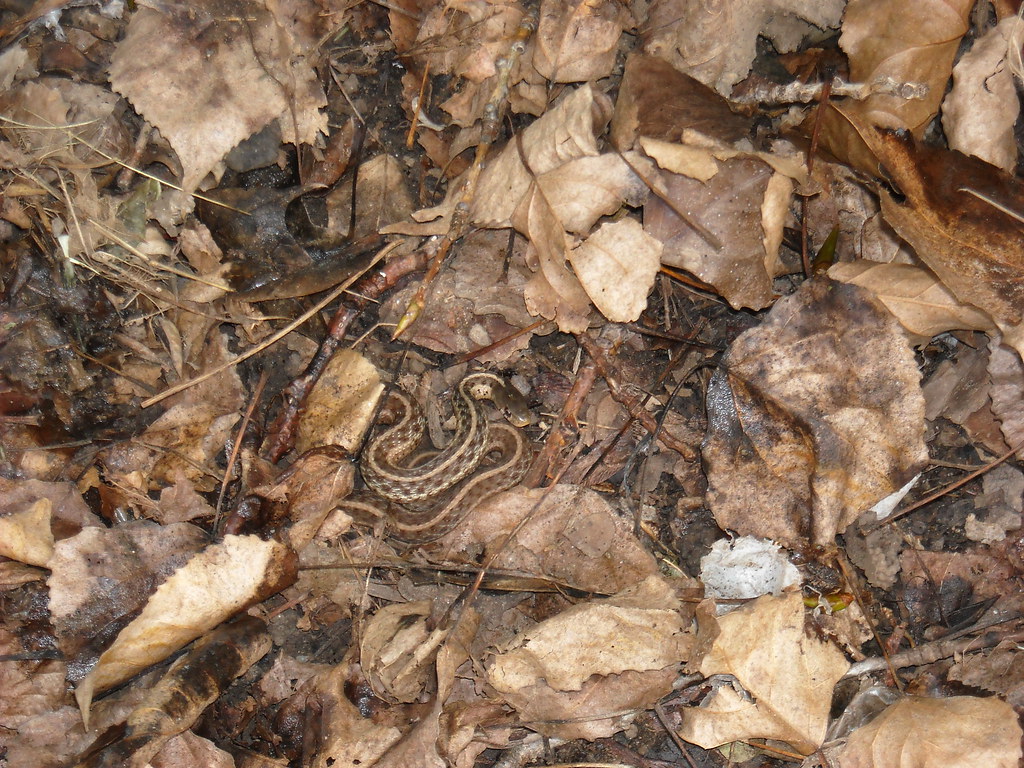
One of the primary reasons venomous snakes freeze is to utilize their natural camouflage and avoid detection by predators or threats. Many venomous species have evolved coloration and patterns that blend remarkably well with their natural habitats, whether it’s the sandy hues of desert vipers or the dappled patterns of forest-dwelling pit vipers. When motionless, these snakes become nearly invisible against the backdrop of leaves, soil, or rocks. The strategy proves particularly effective because most predators, including birds of prey and mammals, primarily detect movement rather than subtle color variations. By remaining perfectly still, a venomous snake can often allow danger to pass by without ever revealing its presence.
Ambush Hunting Strategy
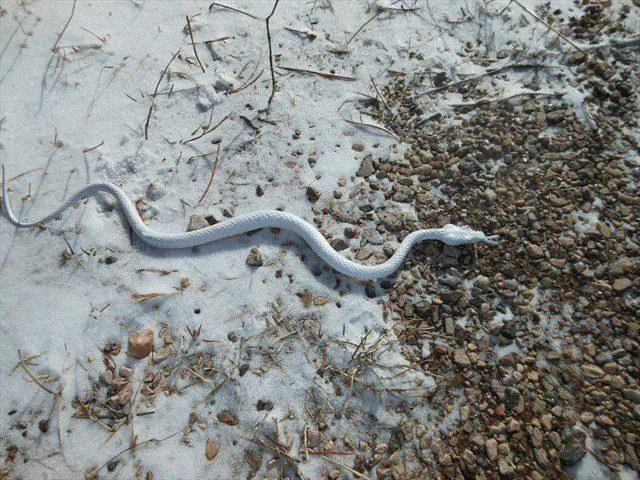
For many venomous snake species, especially vipers and certain elapids, freezing is not just defensive but also a critical hunting strategy. These ambush predators may remain motionless for hours or even days in a strategic location, waiting for prey to wander within striking distance. During this hunting freeze, the snake’s body is coiled in a position that allows for a rapid strike, with muscles tensed and ready to unleash explosive movement. Their metabolism slows to conserve energy during these extended waiting periods, allowing them to sustain the freeze for remarkable durations. The hunting freeze differs subtly from the defensive freeze in body positioning and the snake’s visual focus—hunters typically maintain an intense focus on potential prey paths rather than on a specific threat.
Temperature Regulation Behaviors
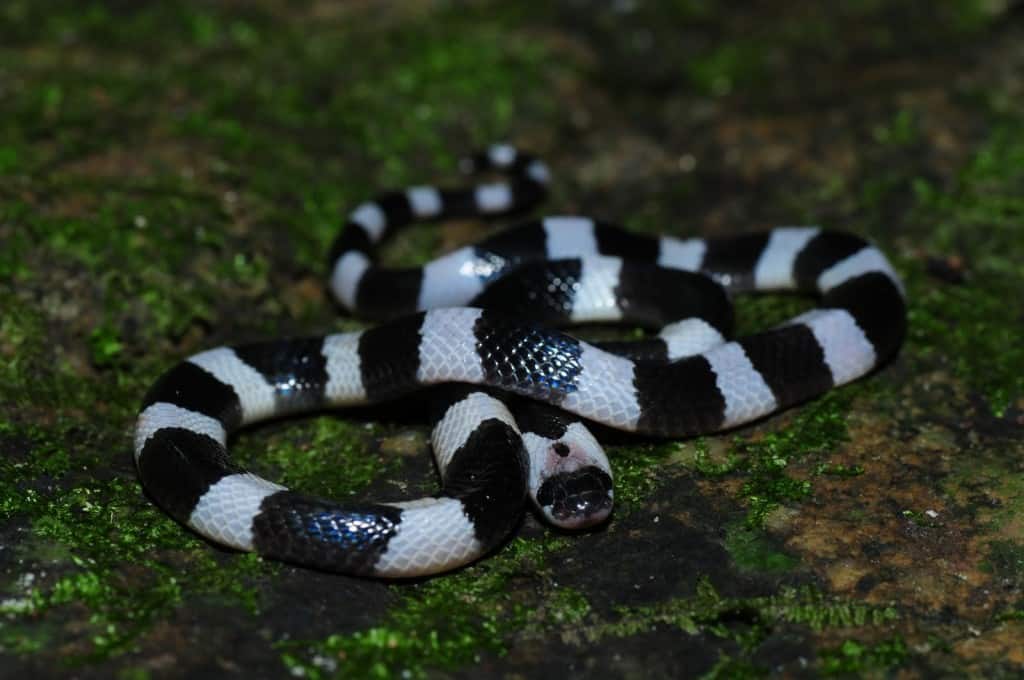
As ectothermic animals, venomous snakes sometimes freeze their movement as part of thermoregulation rather than as a response to threats or hunting opportunities. When a snake finds the perfect temperature spot—whether in sunlight for warming or shade for cooling—it may remain completely still to optimize heat absorption or dissipation. During these thermoregulatory freezes, the snake typically appears more relaxed, often in a stretched-out position to maximize surface area exposure to the desired temperature source. Observers might notice that the snake will maintain this frozen position even if non-threatening movements occur nearby, indicating that temperature regulation takes priority over minor disturbances. This behavior is particularly common in morning hours when snakes seek to raise their body temperature after the cool night.
The Decision-Making Process

When a venomous snake freezes upon detecting a potential threat, it’s engaged in a sophisticated decision-making process. The initial freeze allows the snake to assess several crucial factors: the nature of the threat, its proximity, the likelihood of being detected, and the available escape routes. During this assessment period, the snake’s sensory systems work overtime—its vision tracks movement, its heat-sensing pits (in pit vipers) detect thermal signatures, and its ability to sense vibrations through the ground provides additional information. Research suggests that snakes process this multi-sensory information to determine their next move—whether to remain frozen, attempt escape, or prepare for a defensive stance. This decision-making process usually occurs within seconds, though a snake may remain frozen for extended periods if it determines that’s the safest strategy.
The Pre-Strike Pause

One of the most misinterpreted freezing behaviors in venomous snakes is the pre-strike pause. When a snake feels threatened and has moved into a defensive posture, it may freeze momentarily before launching its strike. This brief pause allows the snake to precisely calculate distance, angle, and timing for an accurate strike. The pre-strike freeze is particularly dangerous for humans to misinterpret, as it might appear that the snake has calmed down or lost interest. Experienced snake handlers recognize this pause as a warning sign of imminent striking action rather than a deescalation. During this pre-strike freeze, observers might notice subtle changes in the snake’s breathing pattern and an intense focus in its eyes, indicating a heightened state of readiness.
Species-Specific Freezing Behaviors
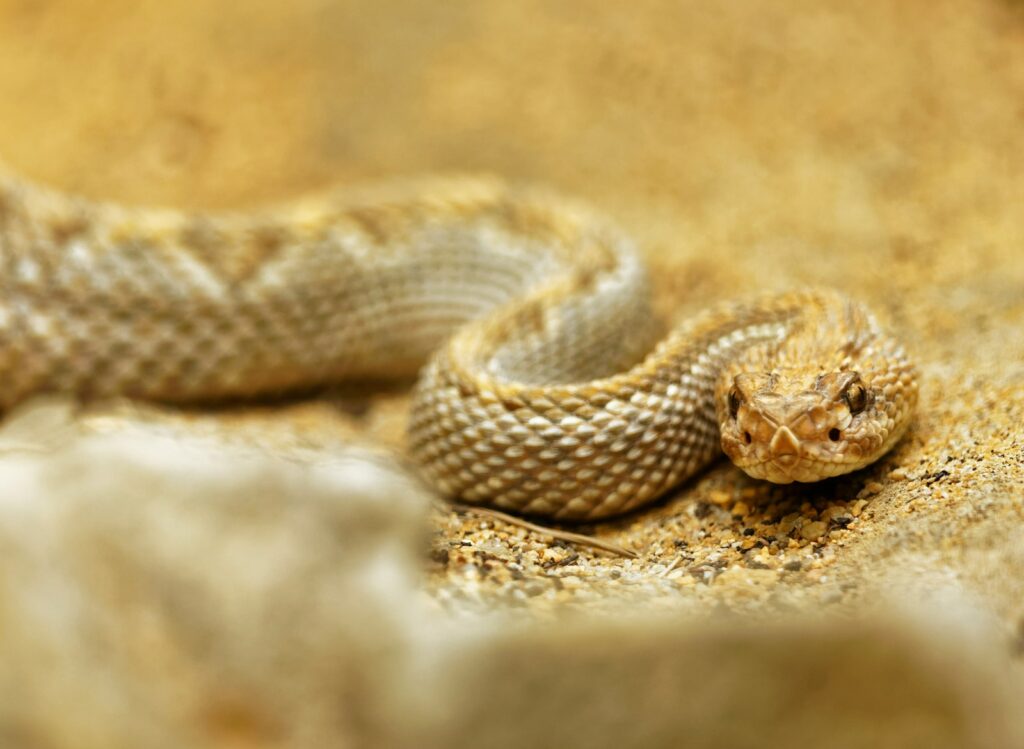
Different venomous snake species exhibit variations in their freezing behaviors based on their evolutionary history and ecological niches. Rattlesnakes, for instance, might freeze before deciding whether to rattle a warning or remain concealed, depending on how detected they feel. King cobras may freeze in an elevated position, maintaining their impressive hood display while assessing a threat. Death adders are masters of the ambush freeze, often remaining buried in leaf litter with only their tail tip (used as a lure) and eyes visible for extraordinarily long periods. Gaboon vipers, with perhaps the most effective camouflage among venomous snakes, rely almost exclusively on freezing rather than escape when threatened, their intricate pattern rendering them virtually invisible against forest floors.
Differentiating Between Threatening and Non-Threatening Freezes
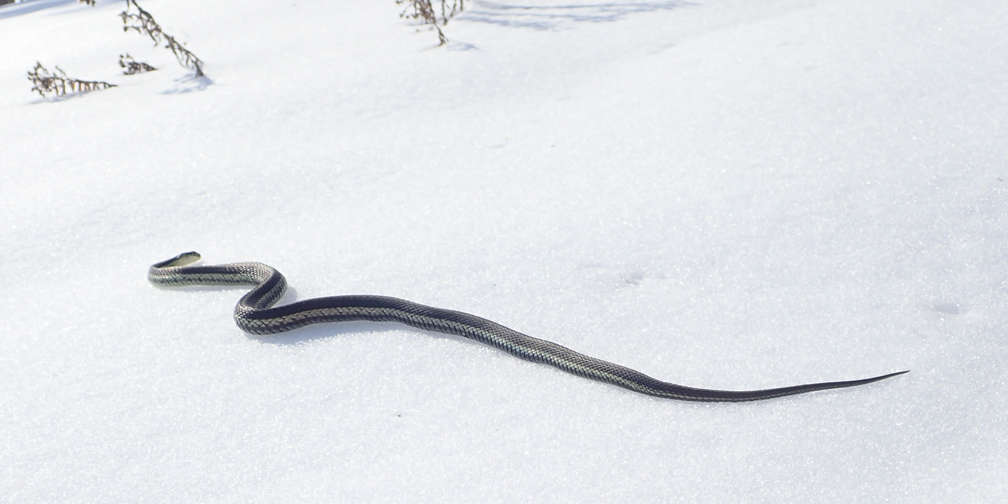
For humans encountering venomous snakes, understanding the context and visual cues of a frozen snake can be lifesaving. A non-threatening freeze typically involves a relaxed body position, often stretched out or loosely coiled, with the head resting on the ground or in a neutral position. In contrast, a defensive or pre-strike freeze usually features a tightly coiled body, raised head, and possibly other warning signals like a spread hood (in cobras), raised tail (in rattlesnakes), or a distinctive S-shaped neck curve ready to power a forward strike. The snake’s mouth provides another important clue—a partially open mouth or visible fangs indicate a snake prepared to strike. The eyes also offer insight, with wider, more focused eyes typically indicating a higher state of alertness and potential aggression.
Hormonal and Physiological Changes During Freezing
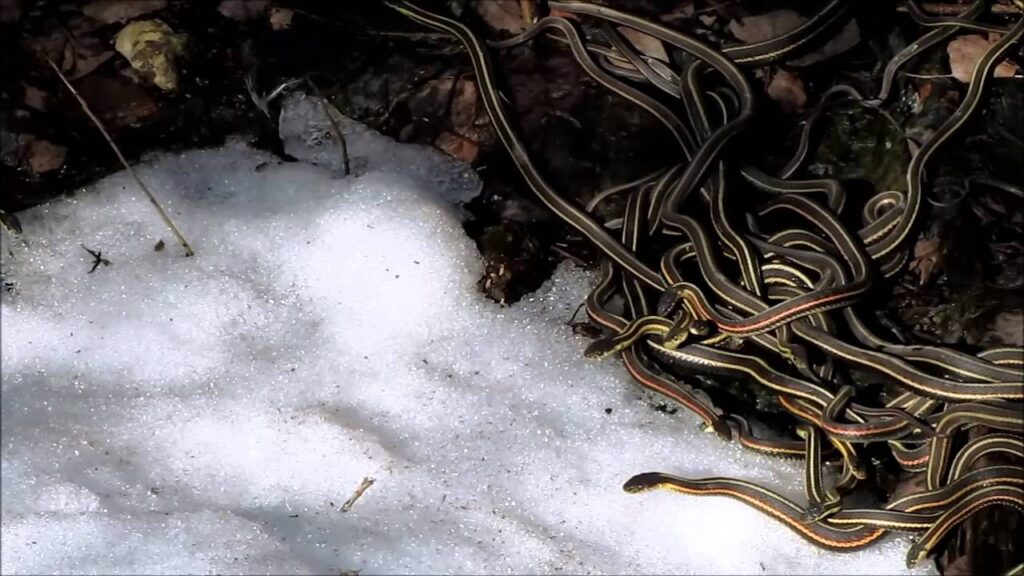
When a venomous snake freezes in response to a threat, significant physiological changes occur beneath the visible stillness. Stress hormones like corticosterone flood the snake’s system, preparing it for potential fight-or-flight responses if freezing proves ineffective. Heart rate paradoxically may increase during a freeze response, ensuring muscles receive adequate blood flow for a potential rapid strike or escape. Respiratory changes are also notable, with breathing becoming more shallow and less visible to avoid detection, yet internal respiration accelerates to support the heightened metabolic state. Recent research using thermal imaging has revealed that even during complete external immobility, snakes experience internal temperature changes associated with this stress response, demonstrating that the frozen state is far from passive physiologically.
Freezing Behavior in Juvenile Venomous Snakes
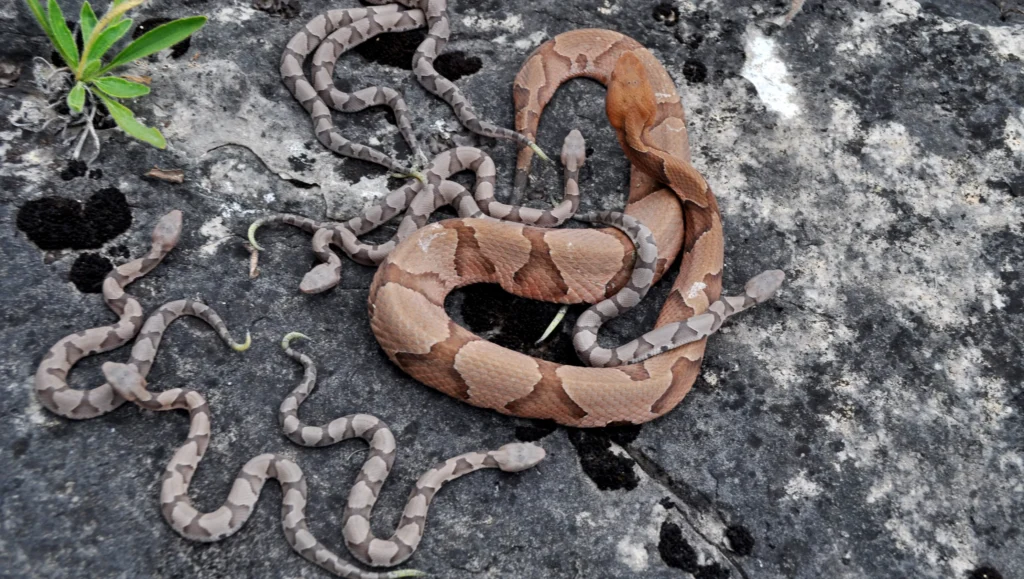
Juvenile venomous snakes often rely more heavily on freezing behaviors than their adult counterparts, reflecting their increased vulnerability and different survival strategies. Young snakes typically have not yet developed the muscle mass and confidence for effective striking or escape, making immobility their primary defense. Interestingly, research has shown that juvenile venomous snakes freeze for longer durations when threatened and are more likely to maintain this strategy even when directly touched or disturbed. Their smaller size often works to their advantage in this strategy, as they’re more difficult to detect when motionless. Some species, like baby copperheads and rattlesnakes, compensate for their reliance on freezing by having more potent venom relative to their size, ensuring effectiveness if freezing fails and a defensive strike becomes necessary.
When Freezing Fails: The Escalation Sequence
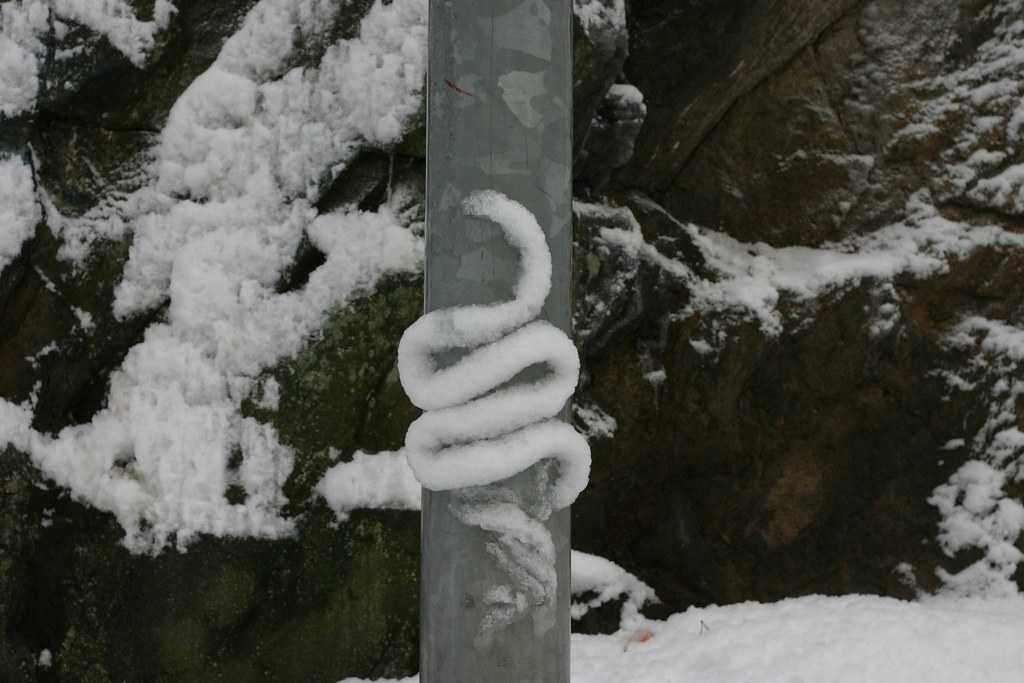
When a venomous snake’s freezing strategy proves ineffective against a persistent threat, it typically progresses through a predictable escalation sequence of defensive behaviors. The initial freeze gives way to warning displays, which vary by species but might include hood spreading, rattle shaking, hissing, or body inflation to appear larger. If these warnings are ignored, the snake may perform bluff strikes—lunging forward with a closed mouth or striking short of the target. Only after these measures fail will most venomous snakes resort to actual biting, contrary to the common misconception that they attack unprovoked. Understanding this escalation sequence highlights that freezing is just the first in a series of increasingly energetically costly defensive strategies and that most snake bites occur when humans fail to recognize and respect these warning signals.
Human Safety Implications of Snake Freezing Behavior
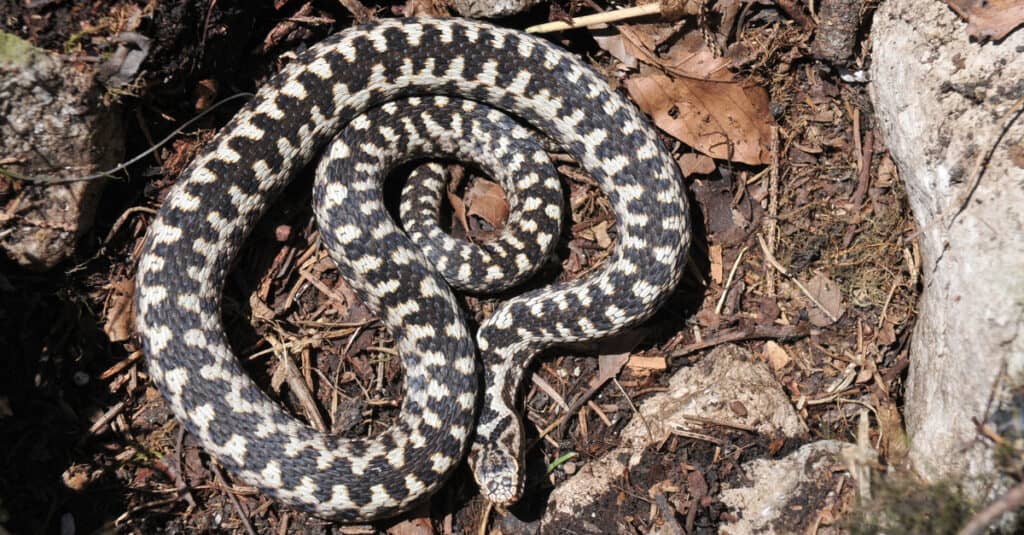
Understanding venomous snake freezing behavior has critical implications for human safety in snake habitats. When hiking or working outdoors in snake territory, it’s important to recognize that a motionless snake isn’t necessarily a safe snake—it may be frozen in pre-strike assessment or simply hoping to remain undetected. For this reason, maintaining a safe distance from any snake, moving or still, is the cornerstone of snake bite prevention. Snake handling professionals are trained to recognize the subtle differences between various types of freezing behaviors, allowing them to predict a snake’s next move with reasonable accuracy. Homeowners should be particularly cautious around woodpiles, tall grass, and rock formations where frozen snakes may be virtually invisible until disturbed. Always assuming that a frozen venomous snake could transition to defensive behavior provides the margin of safety needed in snake country.
Conservation Considerations and Human Impact
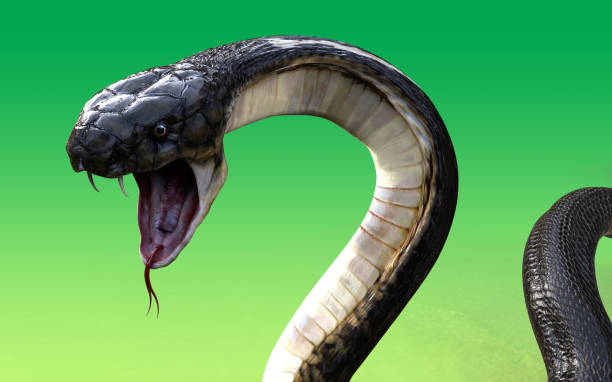
The freezing response that venomous snakes rely on for survival can become a liability in human-modified environments. Roads present a particular danger, as snakes often freeze when sensing the vibrations of approaching vehicles, a response that evolved to work against predators but fails catastrophically against cars. Habitat fragmentation forces snakes to cross more open areas where freezing leaves them exposed to predators and humans who might kill them out of fear. Climate change also impacts freezing behavior, as warmer temperatures alter snakes’ activity patterns and potentially affect their decision-making processes around when to freeze versus flee. Conservation efforts increasingly focus on creating safe wildlife corridors and educating the public about snake behavior to reduce negative human-snake interactions, recognizing that these ancient reptiles play vital roles in controlling rodent populations and maintaining ecosystem balance.
Venomous snakes’ freezing behavior represents a fascinating window into reptilian survival strategies that have evolved over millions of years. From the rapid decision-making process to the physiological changes that accompany immobility, this seemingly simple behavior reveals complex adaptations perfectly suited to the snake’s ecological niche. For humans sharing habitats with these remarkable predators, understanding the nuances of snake freezing behavior offers both practical safety benefits and a deeper appreciation for these often misunderstood creatures. By respecting the snake’s communication signals and maintaining appropriate distances, we can coexist more safely with these important members of our global ecosystem, whose ancestral behaviors continue to serve them well in an ever-changing world.

